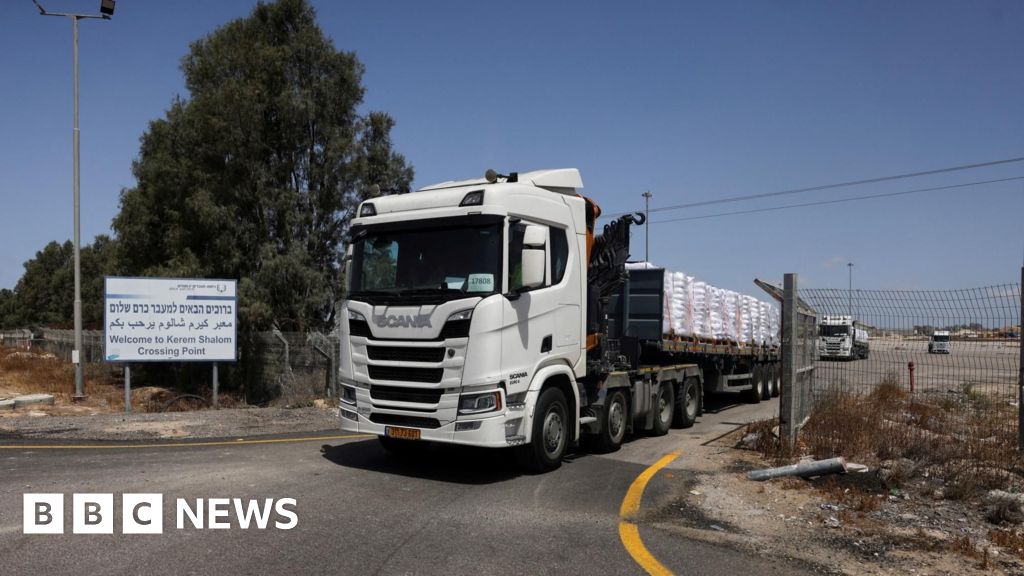Professor Ying-Chih Liao from the Department of Chemical Engineering at National Taiwan University has published a study in the Chemical Engineering Journal, presenting fully biodegradable food packaging films developed through novel integration strategies and highlighting how the synergistic effects of each component provide an effective alternative to petroleum-based plastics.
Due to growing market demand, global plastic production has surged. However, excessive single-use habits have led to the massive discharge of petrochemical plastic waste, which degrades into micro- and nanoplastics, posing serious environmental and health risks. Packaging films, which account for approximately 40% of total plastic waste, represent a paramount target for reduction.
To systematically address these pressing concerns, both material selection and fabrication methods must be considered comprehensively. Bacterial cellulose (BC), chitosan (CS), and waterborne polyurethane (WPU) were selected as the main components for their alignment with sustainability criteria.
However, each material alone offers limited protection against spoilage, microbial contamination, and degradation. To overcome these limitations, the research team introduced a series of novel modification strategies.
First, in-situ spraying uniformly embeds CS within the BC matrix, enhancing antimicrobial activity with minimal CS loss. Then, sodium ion-driven mercerization stabilizes the BC/CS structure, greatly improving transparency and water resistance.
Finally, WPU coating enables heat sealing for effective food encapsulation. These strategies are designed to minimize energy use and avoid toxic or high-energy-density materials.
Built with sustainability in mind, the mBC/CS/WPU films strike a balance between strength, flexibility, and food preservation, matching the performance of commercial zipper bags.
Environmental impact tests show that the composites fully degrade in soil within two months without releasing toxic substances.
In summary, the integration of suitable materials and low-impact modifications lays a solid foundation for developing viable alternatives to conventional plastic packaging.
“By integrating sustainable material selection and processing methods, this study contributes a small yet significant advancement toward positioning cellulose-based materials as viable alternatives to petrochemical counterparts,” says Prof. Ying-Chih Liao.
More information:
Cheng-Ying Li et al, Mercerized bacterial cellulose/chitosan/waterborne polyurethane composites for sustainable and effective food preservation packaging, Chemical Engineering Journal (2025). DOI: 10.1016/j.cej.2025.162332
Citation:
Advancing toward cellulose-based materials for effective and sustainable food packaging (2025, May 16)
retrieved 19 May 2025
from
This document is subject to copyright. Apart from any fair dealing for the purpose of private study or research, no
part may be reproduced without the written permission. The content is provided for information purposes only.


















